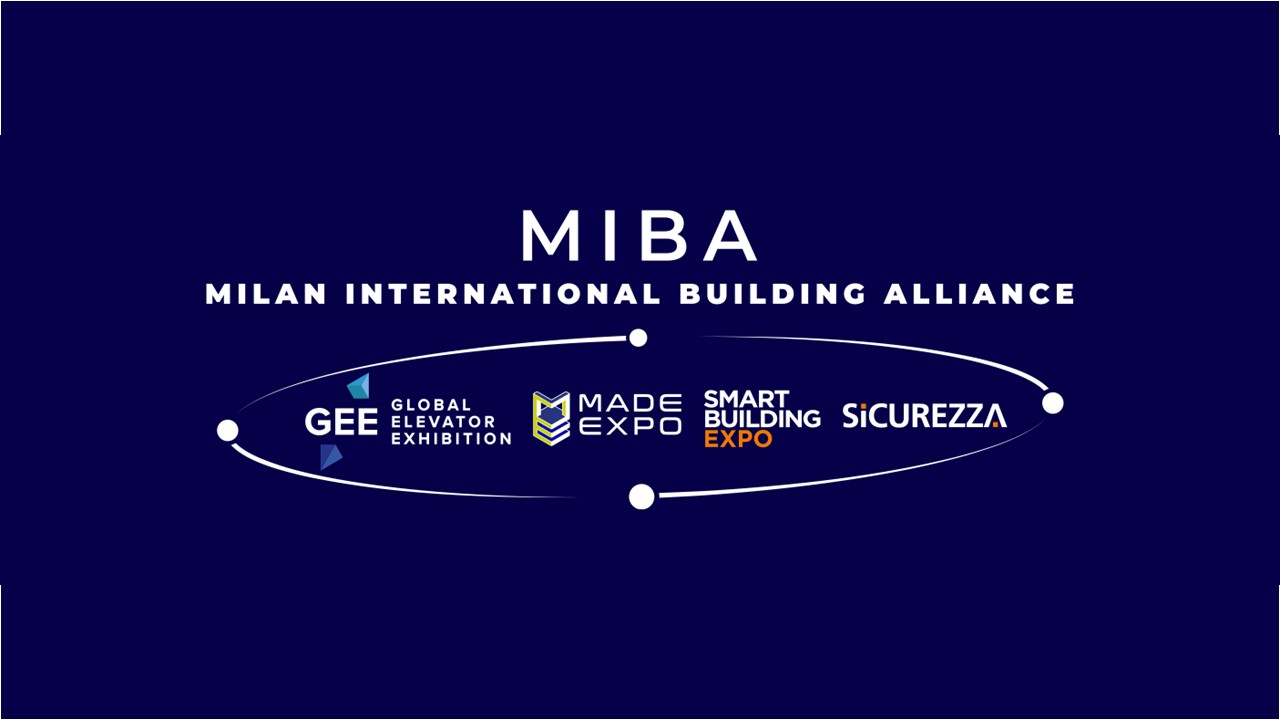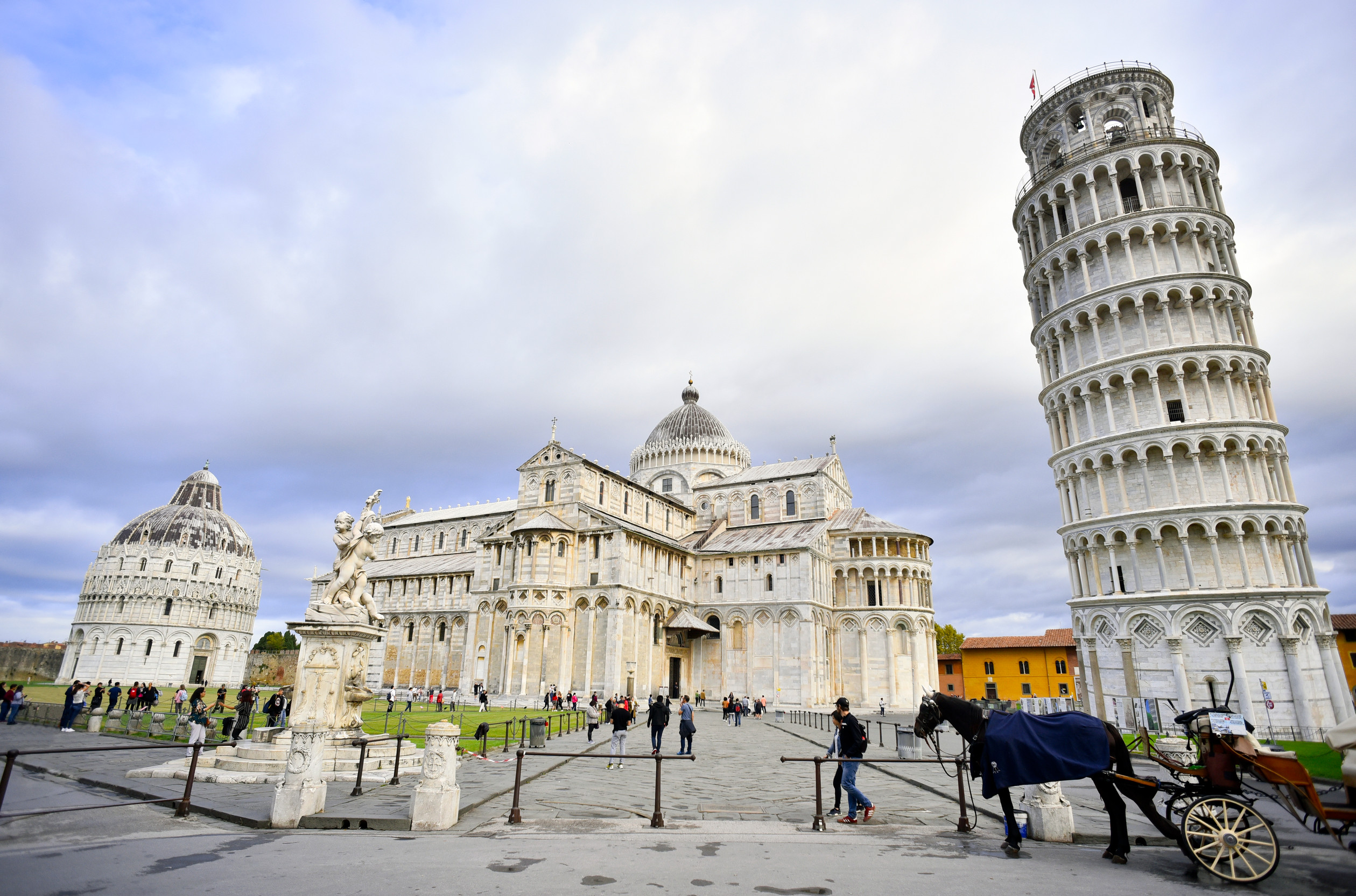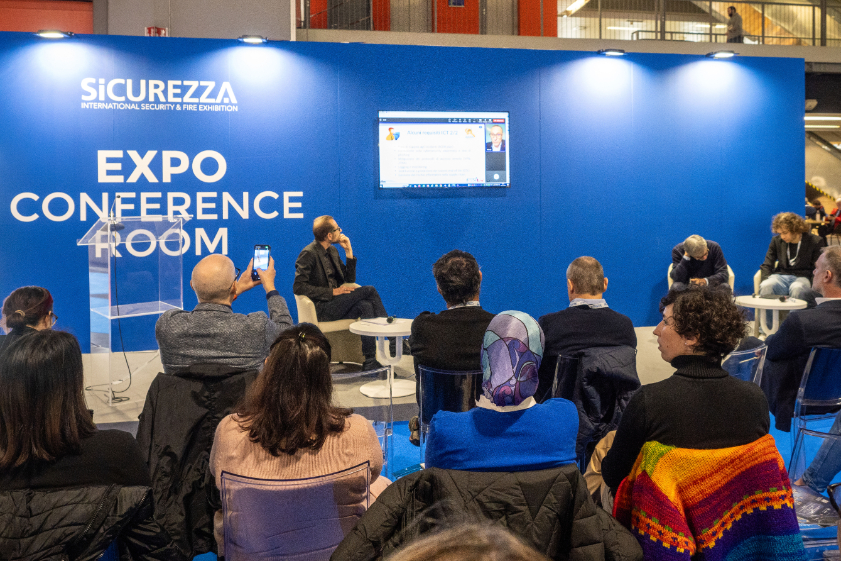The fire-fighting sector is evolving rapidly, offering increasingly connected and integrated systems. The convergence that has long been talked about has not only remained on paper, but has turned into complex solutions integrating Security, Safety and Automation.
Therefore, nowadays detection and Evac technologies not only are able to dialogue with each other thanks to increasingly modular control units that are developed and updated over time, even when the products are coming from different brands, but they can also be integrated into a single management platform, together with technologies of intrusion detection, access control, video and all the various functions managing the building.
"Our EVAC MET systems can be interfaced with several manufacturers of fire alarm systems in order to provide comprehensive monitoring. As EVAC MET systems can also play music or non-emergency messages, they can be controlled by Tutondo APPs, KNX and other compatibilities. In this case, the user can dynamically decide both the sound volumes and music programmes to be broadcast differentiated by areas" says Domenico Nadal, president of Tutondo.
"Calm Spaces devices and campsite fire alarms produced by ERMES are IP-native and for their connection they use only a network of standard data, which can be shared with any other system installed on it (for example video surveillance) so that infrastructure costs are shared between several systems. Furthermore, the use of an IP protocol allows us to provide our customers with a family of APIs which enables them to integrate ERMES peripherals into third-party management systems" - adds Filippo Gambino, CEO of Ermes Elettronica.
"Integration is a growing reality in a number of contexts, especially within the largest and most structured ones such as big companies with remotely located departments, management centres, universities or multi-body hospitals". - told us Marco Morimanda, Export Manager of Paso – “Certainly, IP technology encourages the client to choose a platform that can communicate or supervise the behaviour of different systems, especially in relation to security and operating status".
Therefore, integration becomes a plus, which is highly appreciated by the end customer, especially when it allows the management of several elements with a single, intuitive interface, providing an upgrade of the system without having to revolutionise the existing one, thereby optimising investments.
"With our centralisation system we are also able to manage third-party technologies, whether they are about security, safety or automation”. - told us Carlo Ficano, Sales Director of NSC Italia Sistemi di Sicurezza – “It's a platform with undeniable advantages, as it allows each new or existing technology to be centralised, giving the operator the ability to easily view and operate the system from a single medium”.
But, according to Tecnofire Detection, given the importance of integration, it is just as useful to maintain an identity for what concerns secutity&fire solutions with respect to building automation, so that maximum security can be ensured. Their General Manager, Enzo Assente, told us: "Recently, as a group, we launched the platform Supervisor by Tecnoalarm. It’s not just a software, but a true environment integrating fire protection, security and video control. Large facilities are the most advanced application areas today (shopping centres, logistics, large hotels, hospitals), but thanks to the scalability of the systems, integration is also available for much smaller applications, with reduced costs. The result is countless advantages, the most important of which is the possibility to manage multiple systems with a simple interface, with a reduction of the time required to intervene in case of danger, thus safeguarding lives and property”.
However, there’s still a lot of work to be done, especially concerning research and development, standards and certifications.
"The market trend is increasingly shifting towards integrated solutions, including special installations. Although there is still some way to go, I believe that our company is at the forefront of the market. The difference, in my opinion, lies in the R&D departments: stable, often backward-compatible solutions and a constant focus on customer expectations. Like everything else, this trend brings both risks and benefits: integration optimises the performance and experience of the end user, but it also requires a strong technical structure behind it, capable of managing levels of complexity that our market has never experienced before" – says Marta Villano, General Manager of Techno Fire and Security.
"Today, in the 'Internet of things' era, we are well on our way to achieve the integration that is now necessary between mechanical fire alarm systems, fire detection systems, security systems and building automation systems. However, there’s still much to be done on a regulatory level both nationally (I am referring to Italy) and internationally. Our company is at the forefront in this field, and is committing its best engineers, together with other international players, in order to operate in this direction" – remarked Massimiliano Molinari, Area Sales Manager Italy of Securiton.







